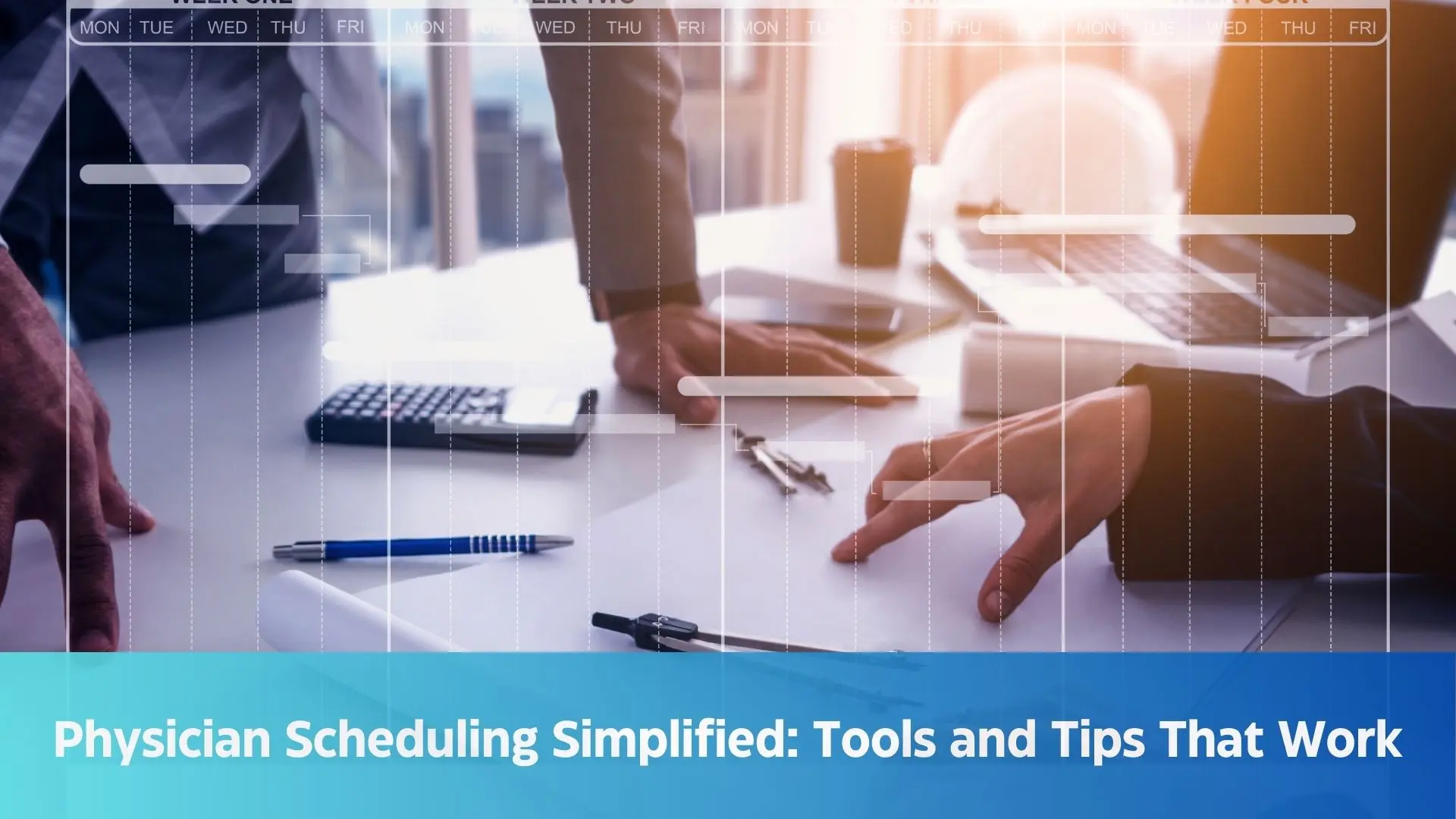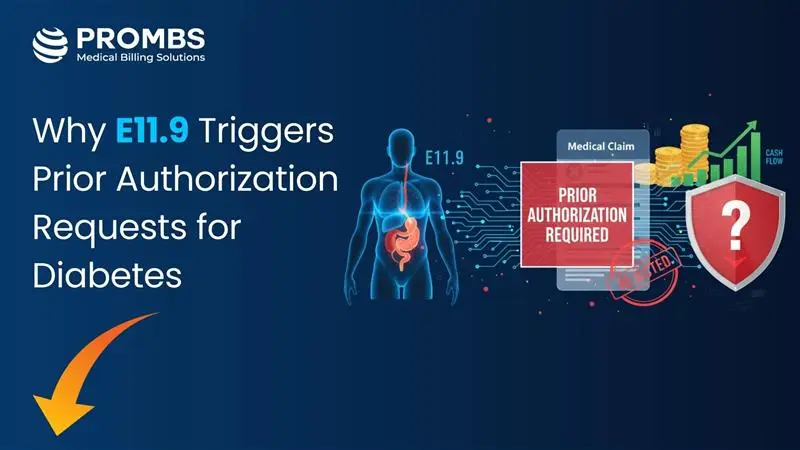Efficient physician scheduling is more than just filling time slots. It's about coordinating multiple providers, aligning patient needs, and maintaining work-life balance for your staff. When done right, scheduling improves access to care, boosts provider satisfaction, and minimizes disruptions in patient flow. But without the right tools, it can turn into a stressful juggling act.
Let’s explore the most common scheduling challenges, how physician scheduling software helps address them, and what practices can do to improve coordination and coverage.
What Is Physician Scheduling and Why Does It Matter
Physician scheduling refers to the process of assigning shifts, appointments, on-call duties, and clinic hours to providers. A well-organized provider schedule ensures there are no gaps in patient care, coverage is balanced, and no one is overwhelmed with back-to-back appointments or unexpected overtime.
Scheduling also affects:
- Patient experience
Delays and cancellations impact satisfaction - Revenue
Idle time or overbooking leads to inefficiencies - Physician burnout
A chaotic schedule is one of the top contributors to stress
As practices grow or scale across multiple locations, manual scheduling can quickly become unmanageable.
Common Challenges in Physician Scheduling
1. Balancing Coverage Across Providers
2. Handling Last-Minute Changes
3. Preventing Burnout
Over-scheduling physicians can lead to fatigue and decreased performance. On the other hand, underutilizing them affects productivity. A smart scheduling approach must consider both clinical demand and provider well-being.
4. Keeping Schedules Visible and Updated
The Role of Physician Scheduling Software
Benefits of Physician Scheduling Software
Smart Automation
Real-Time Access
Built-In Communication
Analytics and Forecasting
Features to Look for in a Scheduling Tool
Drag-and-Drop Scheduling Interface
Mobile App Access
Role-Based Permissions
Customizable Templates
Integration with EHR or Practice Management Systems
Your scheduling software should connect with your EHR or billing platform. This allows for synchronized data, better documentation, and faster reimbursements.
Tips to Improve Your Provider Scheduling Process
Even with the best tools, your strategy matters. Here are a few practical tips to make your scheduling more efficient and physician-friendly.
1. Collect Provider Preferences in Advance
2. Monitor Workload Equity
3. Use a Centralized Calendar
4. Build in Flexibility
5. Track and Optimize
Review scheduling patterns every quarter. Are there consistent gaps or no-shows? Use data to adjust your provider schedule based on patient demand and staffing needs.
How Better Scheduling Enhances Patient Access and Satisfaction
Patients today expect fast, flexible access to care. A well-maintained provider schedule helps minimize wait times, reduce cancellations, and improve overall satisfaction.
By optimizing physician availability, you can open up more appointment slots during high-demand hours, match patients with the right provider, and ensure continuity of care across visits.
We help practices simplify their operations with smart solutions that support revenue cycle integrity from start to finish. If you're ready to explore physician scheduling tools that align with your clinical goals, reach out to our team today.



